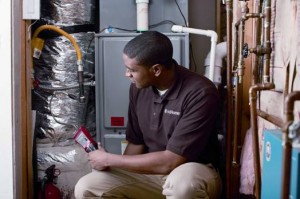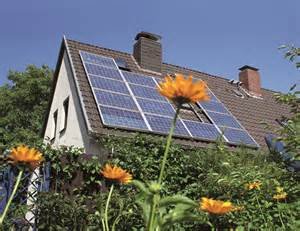The Energy Action Group EAG members participate in numerous energy projects ranging from conservation and more efficient utilization of energy to the generation of electricity from renewable sources. Some of the projects have active member involvement; others are just monitored. Occasionally, outside speakers are invited for presentations.
Energy Conservation
Based on a recent Jefferson County inventory, buildings produce nearly one-third of the County’s greenhouse gas 
Passive Houses
Consider building or purchasing a Passive House, a house insulated so well that just the heat from the appliances and occupants is sufficient to provide most of the heat needed year around. No formal heating system is needed. Several passive houses have been built locally that require only a tiny amount of supplementary heat. Visit Tom Engel’s blog to check out the performance of his recent passive house: Corona Gardens Passive House. Detailed information on passive house design, construction and performance is available from the Passive House Institute.
Jefferson Public Utility District
A group of local energy activists put a proposition on the ballot in 2008 to give the Jefferson Public Utility District JPUD permission to purchase the private electric utility and provide its citizens local control of their electric system. This proposition was subsequently approved by the voters and the JPUD has been providing the county with its electricity since 2013. A Citizens Advisory Board appointed by the JPUD provides advice to the JPUD on numerous issues.
The JPUD electricity comes from Bonneville Power Administration (BPA) which distributes the electricity generated from dams along the Columbia River. Some of the electricity is generated by Energy Northwest which operates the Columbia Generating Station (Nuclear), Nine Canyons Wind Project, Packwood Dam, as well as some experimental solar, battery and other research projects.
Solar Photovoltaic PV
Does solar power make sense in WA state? Yes! That is why Jefferson County has the highest per-capita solar PV installations in the state. As a rule of thumb, a 1 kW PV system will produce around 1000 kWh of electricity per year. So for an average Jefferson County electric customer, using around 5000 kWh per year, a 5 kW PV system would be sufficient to meet all electric needs. As our climate warms in the future, solar PV will help offset the expected lower summertime stream flows.
The Jefferson PUD has over 170 individually owned grid-tied solar photovoltaic PV systems, close to 1% of its  electrical customers, the highest per capita solar participation in the state. These systems connect to the electric grid through a net metering arrangement which allows people to generate their own solar power when the sun shines and also sell surplus power to the JPUD. The state production incentive provides an additional subsidy to solar electricity producers, making PV electricity cost-effective in this region.
electrical customers, the highest per capita solar participation in the state. These systems connect to the electric grid through a net metering arrangement which allows people to generate their own solar power when the sun shines and also sell surplus power to the JPUD. The state production incentive provides an additional subsidy to solar electricity producers, making PV electricity cost-effective in this region.
Abundant additional information on Solar PV is available from the local solar installers: Power Trip Energy and Fredrickson Electric.
Rural Energy for America Program
The USDA has a grant program that can provide funding for up to 25% of the cost of a renewable energy installation or energy efficiency improvements for rural small businesses or agricultural producers. It can also provide loan guarantees. All of Jefferson County is considered rural, and most businesses in the county would qualify as small (it depends on the industry type, but < 50 employees and < $5.5M in revenue would qualify, and the limits may be much higher than that depending on the industry.) See the USDA WA site here. To find the application forms, click the “Forms and Resources” button on the USDA WA page.
This is a great chance for the Energy Action Group to help drive renewable energy and energy efficiency installations in Jefferson County. We are looking at putting together a volunteer assistance program for this. If you are interested in getting involved as a volunteer to help with this, or, if you are a local business or agricultural producer and want some volunteer assistance with exploring the opportunity of applying for this, contact Cindy at cindy@l2020.org.
Electric Vehicles
Our county is well represented with electric cars and electric bicycles. The state is encouraging more people to drive electric vehicles since 63% of the state’s carbon dioxide comes from transportation. Additional charging locations are being sought to encourage tourists with electric vehicles to come to Jefferson County as a destination.
Wind Power
Currently, most wind power in the Northwest comes from large wind farms in central and eastern Washington which are most able to produce electricity economically. Suitable high wind sites in Jefferson County are off-shore or in mountain passes, but none have yet been developed commercially. Small-scale wind power is economical for off-grid locations or for powering sailboats.
Energy Information and Resources
The US Energy Information Administration EIA is a great source of data on energy use, trends, etc. Learn about energy basics, and sign-up for the daily EIA news topic.
The Rocky Mountain Institute, led by Amory Levins, is working to transition US energy from fossil fuels to renewables. Many examples of renewable energy projects are given on their site.
Inactive Energy Projects
Solar Hot Water
Use of Ammonia for Energy Storage

